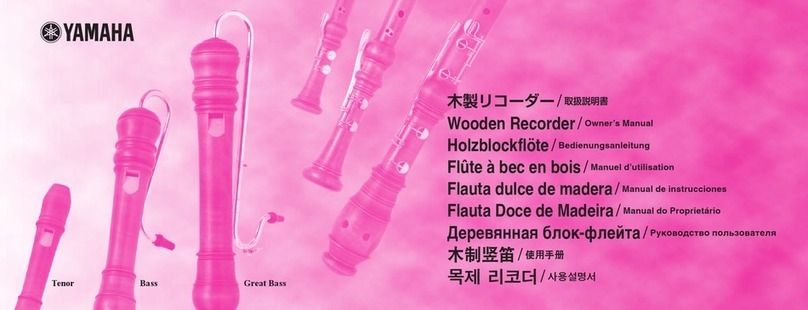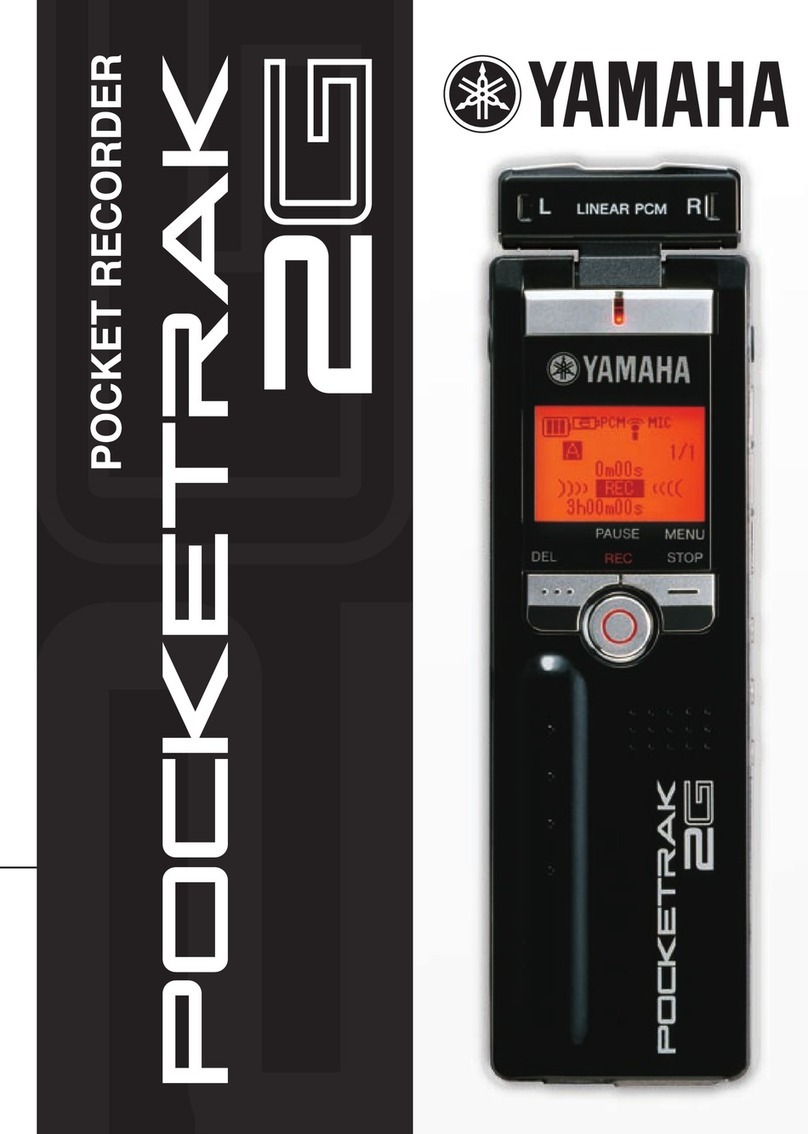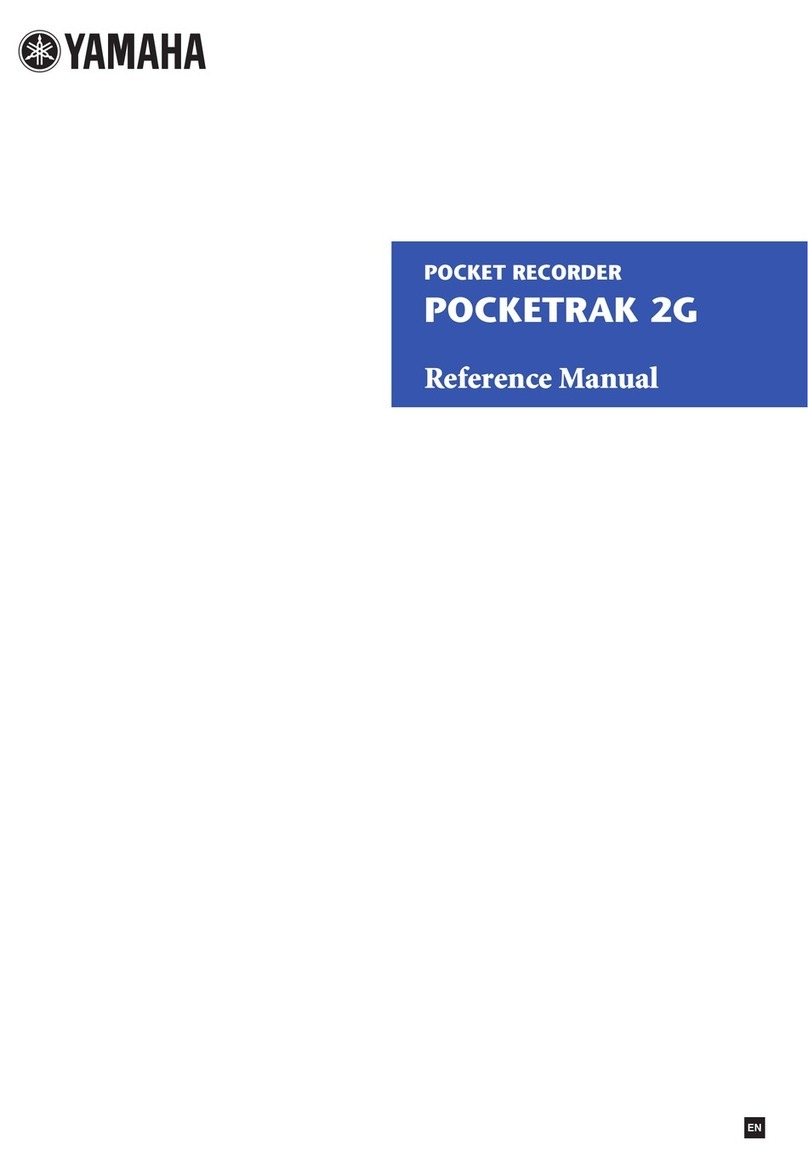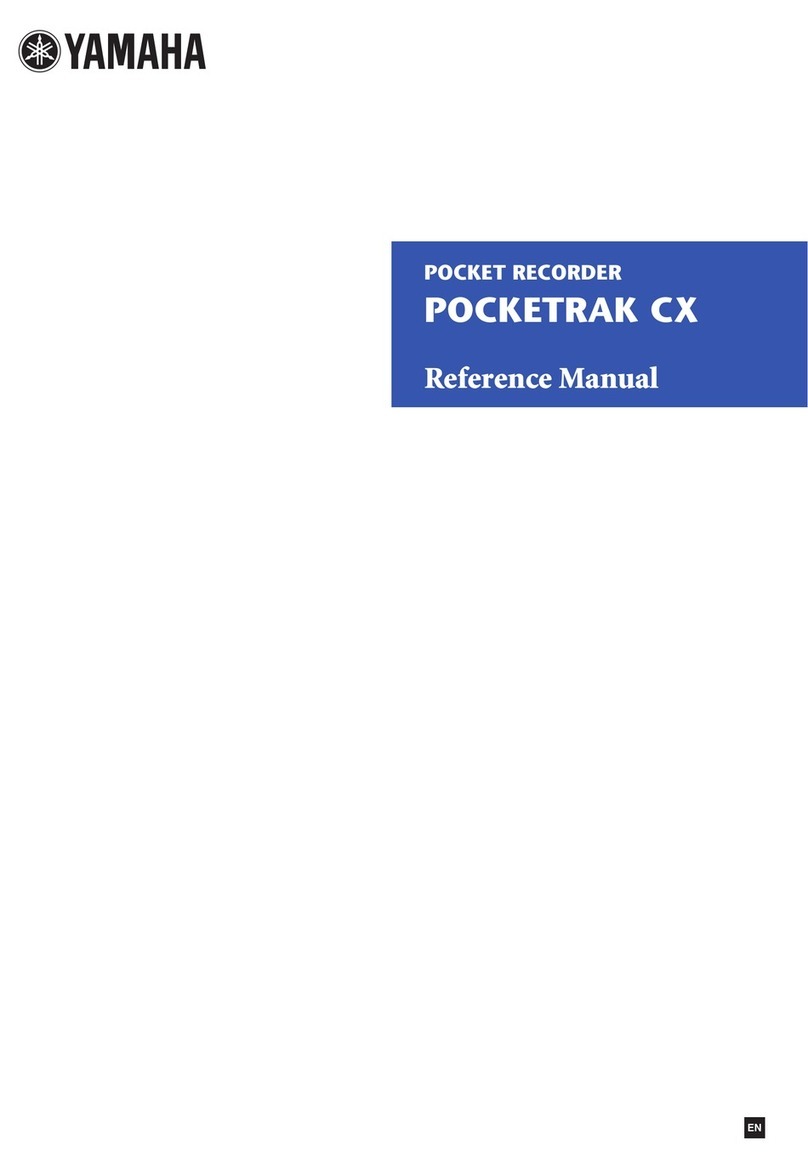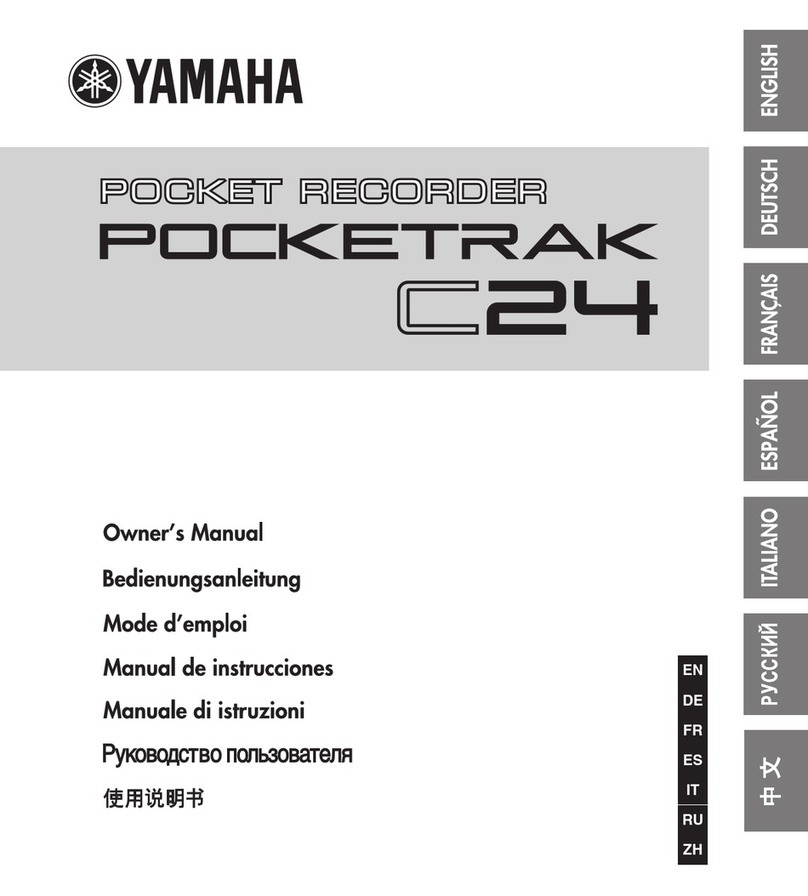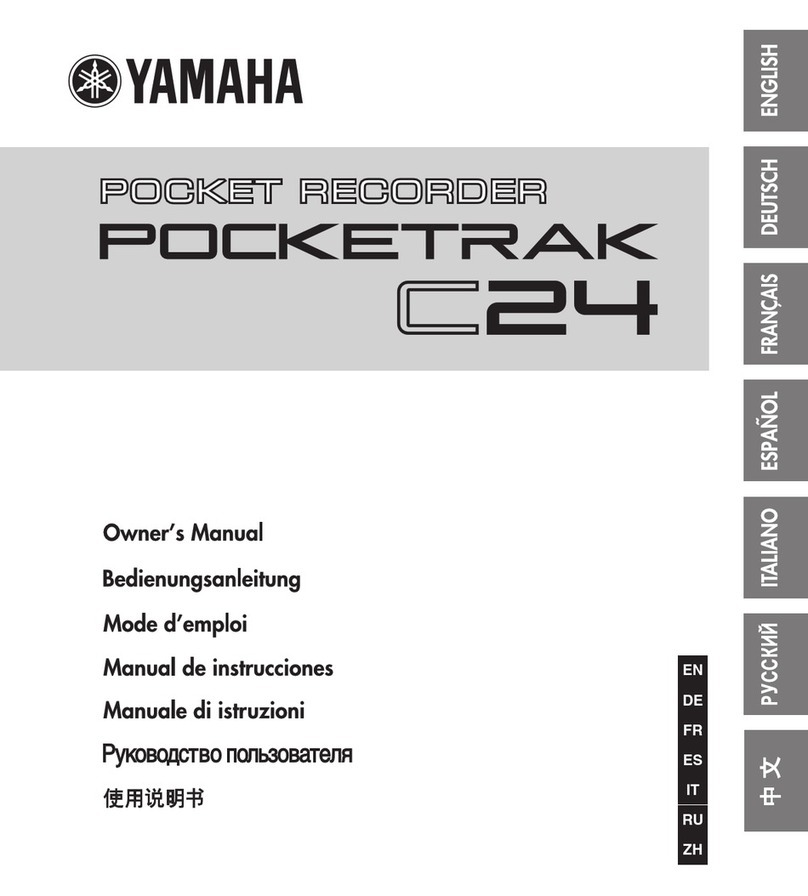POCKETRAK CX Owner’s Manual
5
DANGER
• If you notice battery leakage, discoloration,
deformation, or any strange smell, immediately
remove the battery from the device and stop operating,
and also keep away from fire.
If you continue operating the device, it could cause batter y fire,
explosion, electrolyte blowout, or smoke. If a leaking batter y is
close to a source of flame, the battery electrolyte could catch fire,
resulting in battery fire, explosion, electrolyte blowout, or smoke.
eneloop
(Rechargeable Ni-MH Battery)
• Use only an “eneloop” battery.
Do not use any rechargeable battery other than an eneloop
battery. For your safety, do not use imitation or counterfeit
rechargeable batteries. Use of batteries other than eneloop might
cause battery fire, explosion and fluid leakage, resulting in fire,
injuries, chemical burns or environmental pollution.
• Do not deform, disassemble, or modify the battery.
Any modifications such as deformation, disassembly, or
soldering directly to the battery terminals may cause ignition,
explosion, and leakage or ejection of the electrolyte.
• Do not allow a wire to connect the positive and
negative terminals, and do not carry or store the
battery together with metallic objects such as a
necklaces or hairpins.
Doing so may short-circuit the battery, causing excessive current
to flow, and possibly resulting in ignition, explosion, and
leakage or ejection of the electrolyte. This may also cause the
wire or necklace to heat up.
•Do not throw the battery into a fire, heat it, or expose it
to the sunlight for a long time.
Doing so may melt the insulation, impair the safety mechanism,
or ignite the electrolyte, causing ignition or explosion.
• Recharge the battery only in this device or the
specified charger.
Charging the battery in any other charger may cause excessive or
abnormal current flow during charging, producing abnormal
chemical reactions within the battery that could cause ignition,
explosion, electrolyte leakage, or overheating.
• Do not peel off or damage the external covering.
Peeling off the external covering, piercing it with a nail or sharp
object, striking it with a hammer, or stepping on it may cause a
short-circuit within the battery, causing ignition, explosion,
leakage or ejection of the electrolyte, or overheating.
• Insert the battery as instructed.
Always make sure the battery is inserted in conformity with the +/
- polarity markings. Failure to do so might cause abnormal
chemical reaction when recharging or could cause abnormal
electric current flow in the battery, resulting in fire, explosion,
leakage or ejection of the electrolyte, or overheating in use.
•Stop charging if charging does not end even though the
specified charging time is exceeded.
If you continue charging the battery, it may ignite, explode, leak
electrolyte, or overheat.
WARNING
•Do not leave the battery installed for an extended time.
If the battery runs out, or if the device is not to be used for a long
time (about one week), remove the battery from the device and
keep it in a dry and cool place to prevent possible leakage of the
battery fluid.
AA/LR6 Alkaline Battery
• Do not deform, disassemble, or modify the battery.
Any modifications such as deformation, disassembly, or
soldering directly to the battery terminals may cause ignition,
explosion, and leakage or ejection of the electrolyte.
• Do not allow a wire to connect the positive and
negative terminals, and do not carry or store the
battery together with metallic objects such as a
necklaces or hairpins.
Doing so may short-circuit the battery, causing excessive current
to flow, and possibly resulting in ignition, explosion, and
leakage or ejection of the electrolyte. This may also cause the
wire or necklace to heat up.
•Do not throw the battery into a fire, heat it, or expose it
to the sunlight for a long time.
Doing so may melt the insulation, impair the safety mechanism,
or ignite the electrolyte, causing ignition or explosion.
• Do not peel off or damage the external covering.
Peeling off the external covering, piercing it with a nail or sharp
object, striking it with a hammer, or stepping on it may cause a
short-circuit within the battery, causing ignition, explosion,
leakage or ejection of the electrolyte, or overheating.
About the Battery
(5)-6
2/3

